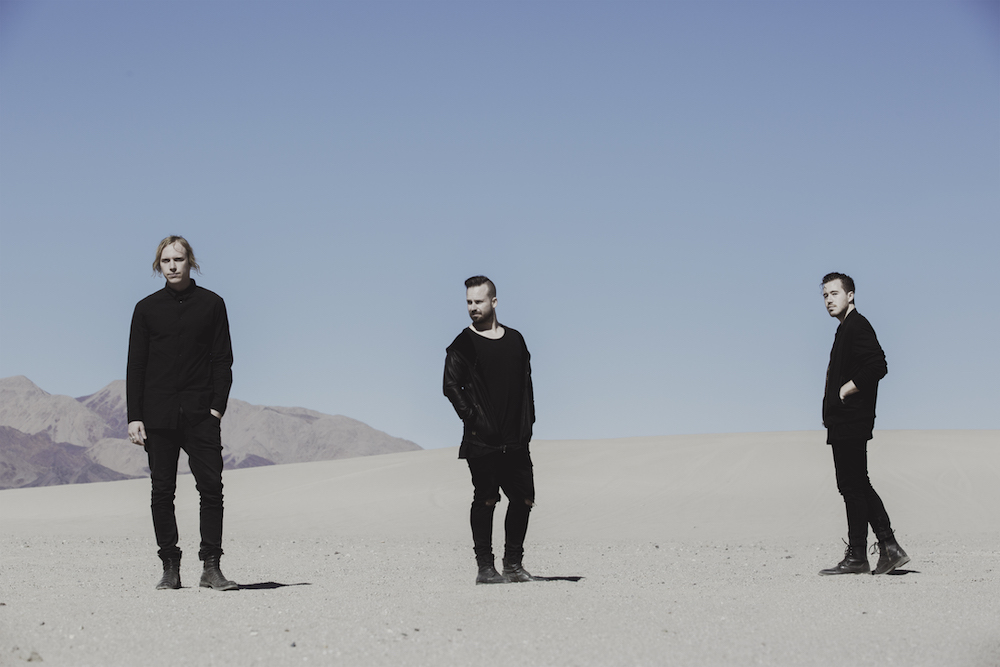Just 48 hours earlier, the Australian electronic trio released their fourth studio album, Surrender. Following the legendary Wu-Tang Clan’s raucous set, the crowd began to swell with excitement for the trio’s latest festival appearance and the first time hearing their new songs live.
Tension filled the air as RÜFÜS DU SOL's set approached. People cheered, throwing their hands up in anticipation as the slow build of intro music set the tone just before the three striking silhouettes emerged, bathed in ominous purple light.
After a haunting tease of the newly released “Make It Happen,” the band worked right into familiar favorite “Eyes,” sending the crowd into a roaring frenzy.
“You have ‘pinch yourself’ moments still, and I forget that there are people out there who connect to our music,” James Hunt tells SPIN on a Zoom call from the group’s rehearsal studio. “And then you get these reminders.”
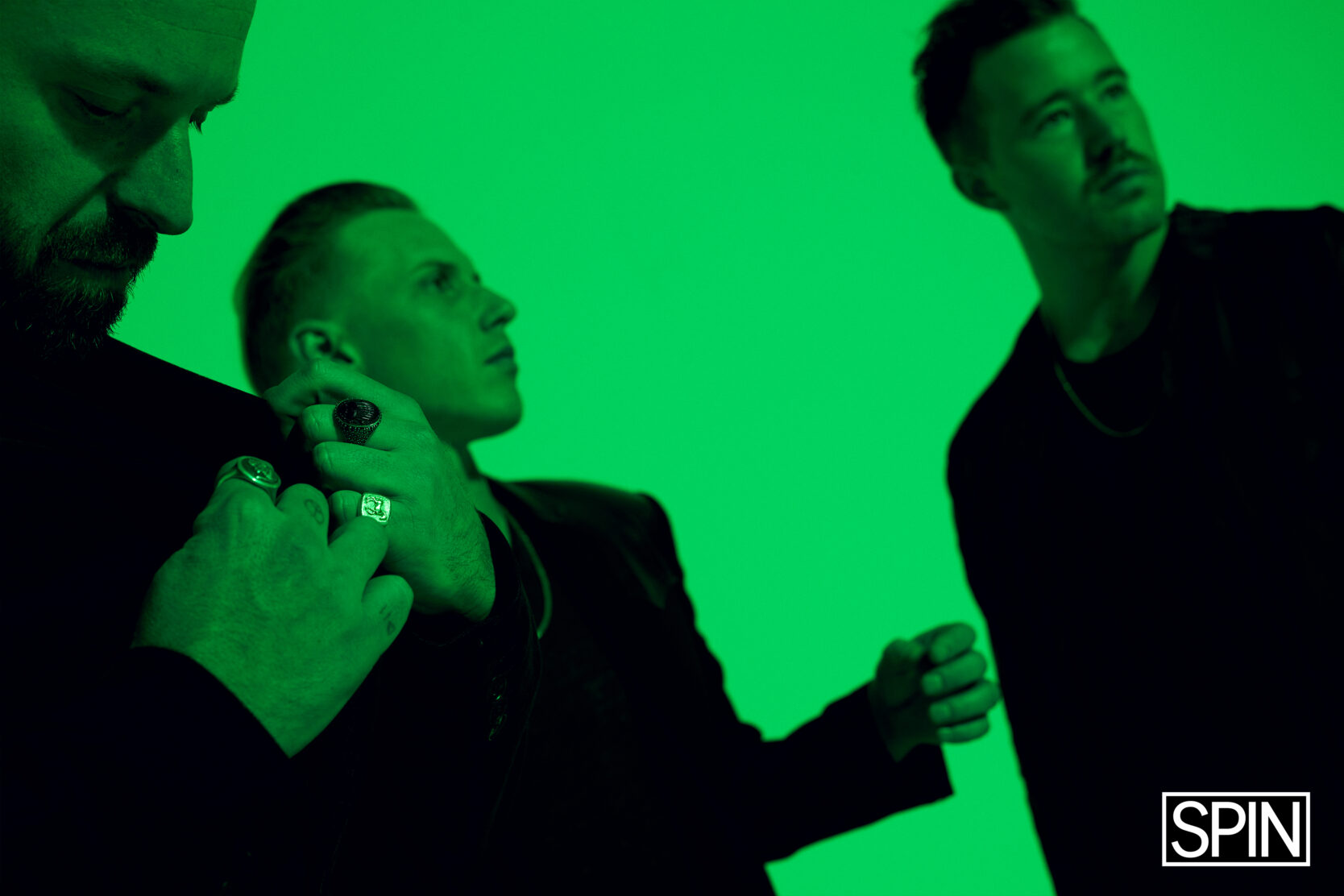
Hunt, Tyrone Lindqvist and Jon George formed RÜFÜS DU SOL in 2010 and have been friends even longer. After a decade of work, three albums and two Grammy nominations, RÜFÜS DU SOL is at the height of their popularity — but it was also on the verge of collapse not long ago.
“With the years leading up to the pandemic, we realized that as much good stuff was happening, there was a lot of bad stuff,” George says. “We were quite clearly creating some resentments, and I think we were able to face some fears and work with each other.”
The group’s third album, 2018’s Solace, catapulted the band from underground favorites to festival headliners. Made among the glitz and gluttony of Los Angeles, the nine-track fever-dream was recorded in the wee hours of the night between pleasures and distractions.
Lyrics about love, disconnection and dissociation swept over silent pool synths and crashing waves of club-ready rhythms. It brought them a headlining set at Coachella’s Outdoor Theater, and earned them a nod for Best Dance/Electronic Album. Solace was a triumph in all respects, but it was the sound of a band coming apart at the seams. In the quiet of quarantine, those sutures gave way.
RÜFÜS was in the middle of an international tour when COVID-19 hit. Crew members of all kinds scattered to different corners of the earth, and the trio headed to a place of healing — its sacred spot of solitude among the Joshua Trees, the mountains and their ghosts.
“At the start of the record writing process, there was frustration, some harder conversations and some darker, maybe more serious thoughts,” George says. “Over time, towards the second half of writing of the record, we were having a lot more fun and having this playfulness pop through — innocence, I guess is what I'm getting at — and this innocence started to take a real theme throughout the record.”
It’s no use saving a broken-down house if it doesn’t have strong bones. The guys of RÜFÜS first met as teenagers in Sydney. Lindqvist was best friends with Alex George, a heady, fun-loving dude who speaks quietly and punctuates the middle of his sentences with bright bursts of laughter bullets. Alex, who now goes by the artist name Katzki, was attending film school, and Lindqvist was his shadow.
“I would joke that whenever I got my uni degree, I would cut it in half and give Tyrone the other frame,” Katzki, now RÜFÜS’ creative director, laughs. “That set us up for how we do stuff now, where we worked out a language of working together and were making stuff that wasn't for anything. It was just what we felt should exist in the world.”
Katzki would shoot comedies and sound projects for his classes — anything and everything they felt like making — and Lindqvist would produce the score. Katzki’s older brother Jon would handle sound effects and design, and Katzki couldn’t stop thinking how his best friend and big bro should do something more.
“You know when you have two people that you know should work together or meet each other, and you suggest it a bunch of times?” Katzki says. “[It’s] not that many times in your life where that feeling really pays off.”
Eventually, George and Lindqvist discovered a shared love for electronic acts like Booka Shade, the Chemical Brothers and Royksopp, which was enough to get them working together on new material.
“When we were working out how to translate it live, the first person that came to mind was James,” Lindqvist says. “We'd been in a percussion ensemble, and he had played in a bunch of different bands. I just knew James as this freak drummer that was two years younger than me, and was my other best friend's younger brother's best friend.”
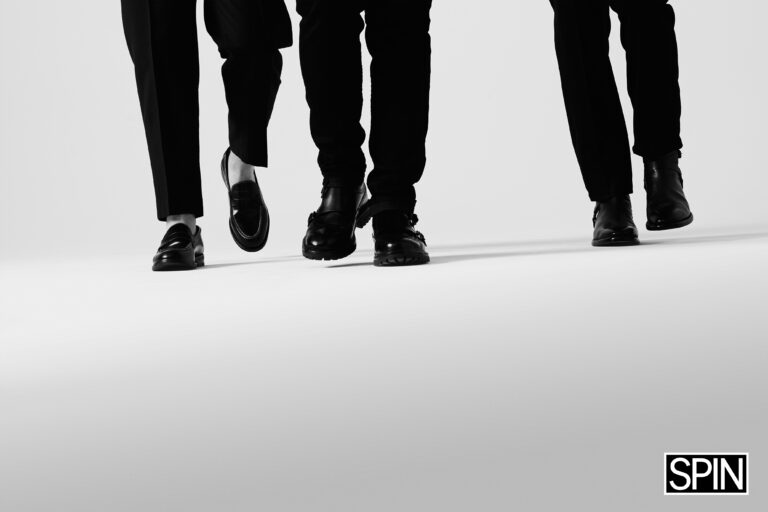
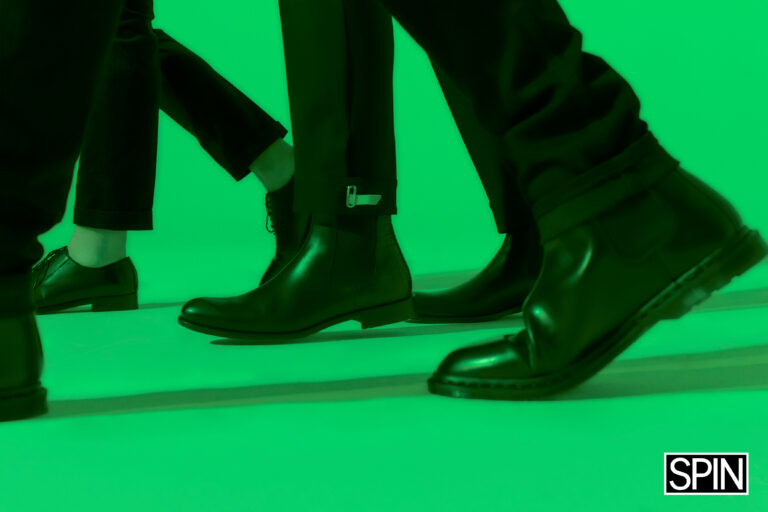
Drawing from indie pop, alt-rock and electronica roots, plucky sounds conjured other worlds in their imaginations. Katzki would work to build those worlds into shapes and colors. Together, they built an amorphous creative cloud.
“The first tracks they were making, we were talking about how it would be at a show,” Katzki remembers. “RÜFÜS initially was just the idea of whatever that was. It wasn't the name of a band. It was just the feeling of the music. 'Oh, this feels like it should be RÜFÜS and that should be on a festival in huge letters. I don't know what that is, but that feels like that should happen.'”
“We had lofty ambitions, and we were excited about the idea of providing something new in the music industry, and the music scene in Australia in particular,” George adds. “Our first few shows were a success. There were more than 100 people there. We couldn't believe it.”
RÜFÜS — no DU SOL just yet — released their first EP in January 2011. The self-titled package begat Hype Machine hits, including “We Left” and their cheeky video named one of the year’s best by Vimeo. Two years later, the band’s first album, Atlas, debuted in the top spot on the ARIA Albums chart in their native Australia.
Following that initial success, the guys decided to seek inspiration from the great musical cities of the world. The band’s first stop was Berlin, where they soaked up the scene’s dark and moody techno pulse while writing their sophomore album.
On 2016’s Bloom, the guys dug deeper, which culminated with the incredibly personal “Innerbloom,” a nine-minute epic. The song was a flagship for the trio’s fans. It signaled a shift toward a richer and darker sound and served as the blueprint for the direction they’d go sonically.
From the shadows of Berlin’s underground, RÜFÜS flew headstrong into the sun and salty air of Los Angeles. The friends were transfixed by Southern California’s rugged deserts and romantic coasts. They communed with the mystical roots of Mother Nature, taking their first creative pilgrimage to Joshua Tree and fittingly changing their name to RÜFÜS DU SOL in mid-2018.
It was at this point that the band met Jason Evigan, a pop producer known for writing Maroon 5’s “Girls Like You” and Demi Lovato’s “Heart Attack.”
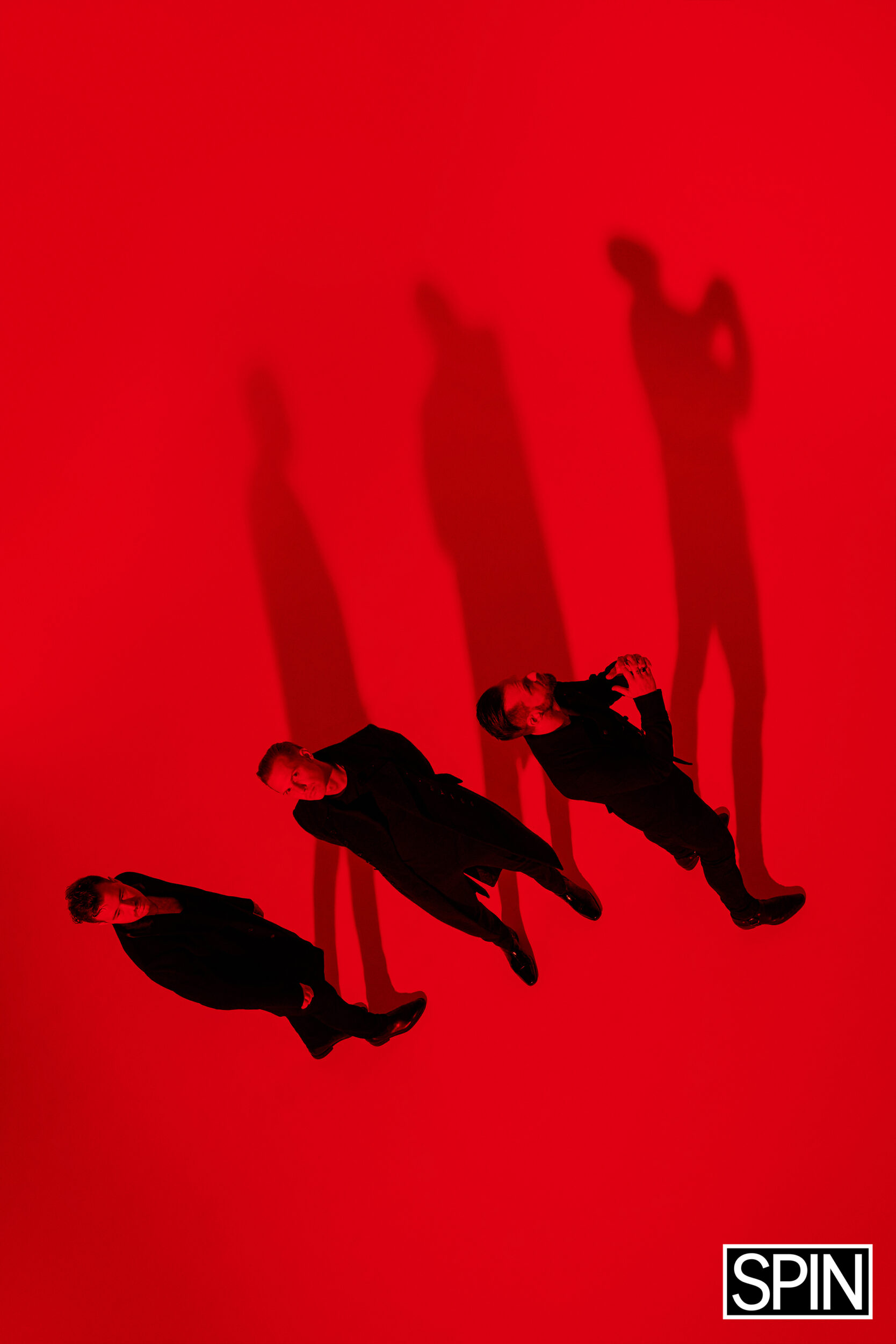
“We wanted to utilize the music community there and have so many things at our fingertips with collaboration,” George says. “Jason was mainly the one person that we really gelled with when we tried writing with a bunch of people on Solace. He's a beautiful, funny, lovely guy. He's got so much going for him that he doesn't need to work with us whatsoever, but he makes the time, and we enjoy these sessions writing with him.”
“I had a session lined up with Halsey,” Evigan remembers. “The day of, her team called me and said, ‘Halsey was looking at your Wikipedia and thinks you're too pop.’ I'm like ‘I'm not too pop,’ and then I actually went looking on Wikipedia and I was like, ‘Dude, I wouldn’t want to work with me if I was her.’ I told my team, ‘Cancel everything. The next year I just want to work on really incredible projects that will feed my soul.’”
His team suggested RÜFÜS DU SOL. He’d never heard of them, but he had nothing to lose. The day they first met, he brought an acoustic guitar and the beginnings of what would become the song “Eyes.”
“We made that song that day,” Evigan says. “We just instantly kicked it off, like love at first sight.”
Together, they co-wrote “No Place” and “Underwater,” two of Solace’s biggest hits, but he was just one of the producers RÜFÜS met in L.A. The guys took as many opportunities as possible, staying open to anything and everything — maybe to a fault.
“We were writing ‘til like 6 a.m. and throwing everything to the wind responsibility-wise — which had a huge effect on our relationships with our partners and with ourselves,” George says. “We were writing such chaos, and we were actively avoiding structure, and gems came out of that. So I was like, ‘This is where the magic is.’”
It was a theory validated by the outside world. Solace was released in October 2018, earning the band two Grammy nominations while being hailed as “triumphant” and “emergent.” A 2018 show scheduled for L.A.’s Shrine Expo Hall sold out of their more than 6,000 tickets in minutes, so they added two more dates. In 2019, they headlined back-to-back nights at Red Rocks and Coachella, the latter of which gave RÜFÜS their own audio-video activation in the HP-powered Antarctic Dome.
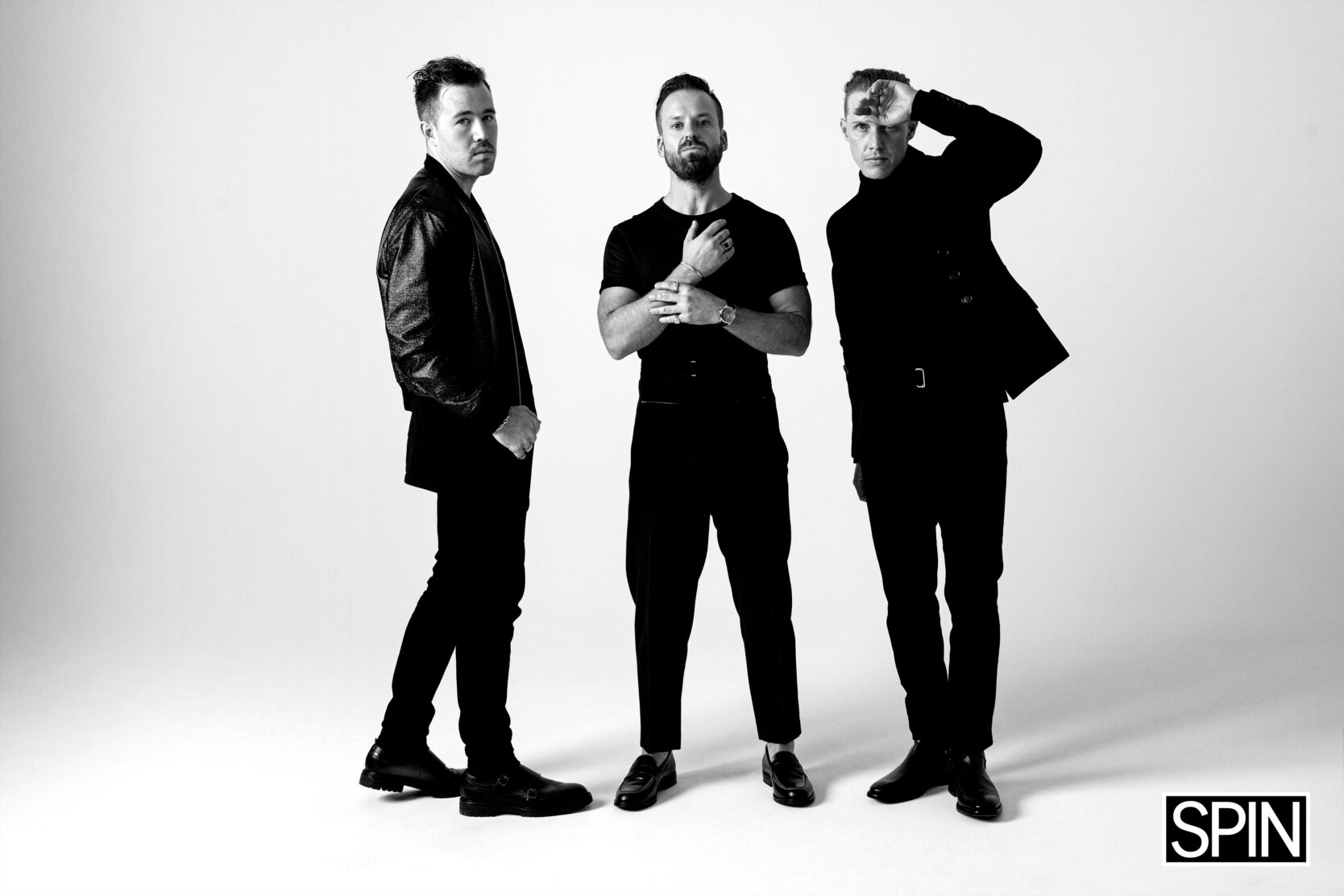
“The bigger the machine got, the more opportunities came up, the more we were saying yes to doing things,” Lindqvist says. “And the less time there was to look after ourselves.”
The three friends blinked, and a year and a half had gone by on the road. They had shows scheduled into May 2020, but those dissolved like so many other plans in the face of COVID-19.
Rather than take a breather, RÜFÜS saw a prime opportunity to get back into the studio. But it was also a moment to slow down. They booked some time in Joshua Tree to write and record, and thought they’d be there for a few weeks.
They stayed in the desert for two months.
“I know that the pandemic has been really heavy for so many people, but it was really a miracle for us,” Lindqvist says. “That stop was an opportunity for us to reassess where we were at and reconnect as a band.”
RÜFÜS refused to relive the late-night hours and whirlwind lifestyle of the Solace writing sessions, choosing instead a hard-and-fast daily routine. Each day started with an early morning wake up call and group meditation. From there, the guys talked through their feelings, laying it all out with vulnerable abandon.
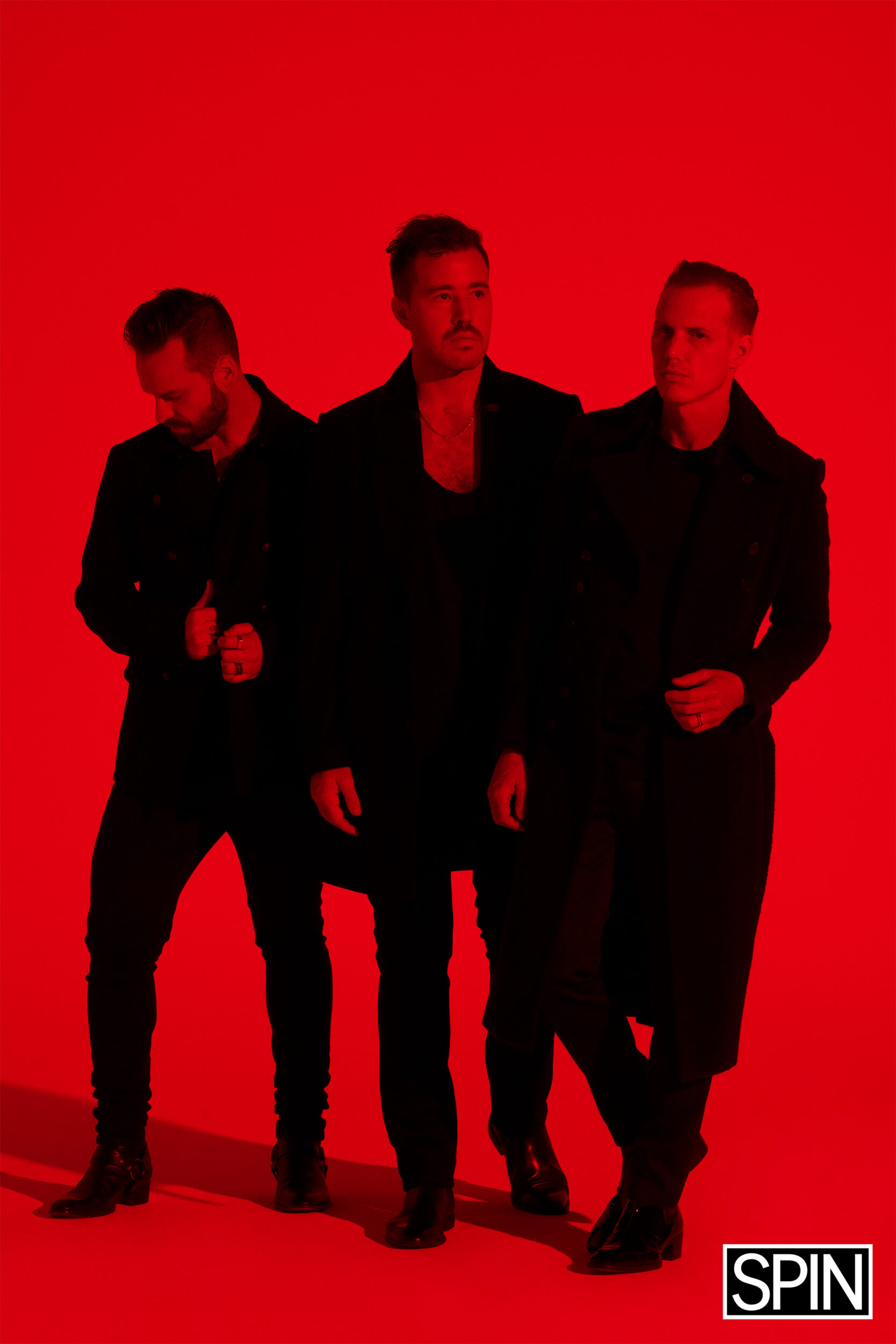
“It didn't matter how small it was, let's just put it on the table and talk through it,” Lindqvist says. “That was hard and difficult, but it was really good for us.”
Lindqvist, George and Hunt were mostly on their own, but Evigan would drop by the studio for a few weeks to share his pop sensibility with the band’s grand synthscapes.
“My goal is to help them make songs that are as big as possible and still keep the RÜFÜS DNA,” he says. “Songs like 'I Don't Want to Leave' really pushed right to the edge … but the fans won't be like 'What happened? Why did you change?' The cool thing is, RÜFÜS would never let that happen … They know who they are, and I help with melody.”
Evigan saw how much they wanted things to work, but also saw how raw things had become.
“I was there for a lot of the big blowouts, the big fights,” Evigan says. “There were points where I was like ‘Man, I wonder if this album will ever happen.’ I was kind of sitting there like the therapist. ‘Alright, let's talk about this. No, don't get out and leave. Let's sit down.’ The cool thing with them too is, when the other person leaves the room, none of them will talk bad about the other person.”
That tension was immediately exorcised with a group workout, followed by ice baths and sweat sessions in the sauna. They’d eat lunch, and after that, it was a solid 10-hour block of studio work until midnight.
Something happened out there in the silence and isolation of the desert. After five years of hectic upward trajectories, big marquee appearances, live television performances and breakneck tour schedules, the grueling heart-to-heart conversations, frustration and tears gave way to something they hadn’t felt since those early days in Sydney.
“We didn't know when things were going to open up again, so it was a time to really just play,” Lindqvist says. “That's how we operate in terms of being in the studio. It feels like we're in a playground with our favorite toys getting to play, and [Evigan is] another person to bounce with, just putting his toys in front of us, and his ideas.”
For every tough conversation, there was a radiant breakthrough. “Wildfire” was a holdover from the Solace sessions, a pretty little something that never quite found its groove. Evigan remembers how the guys brought it back to life, stripping it down to the barest elements of brooding synth bass, growling guitar and Lindqvist’s lyrics about giving up a fight and giving in to another’s truth.
“That was a big moment,” Evigan says. “Any time they’d finish a song, they’re like 'It's happening! The boys are back!'”
Just as with the first notes of opening track “Next To Me,” many of the Surrender sessions started with a piano. Lindqvist would sit down at the keys and paw out a melody with real hook potential, then all three would climb behind their synths and jam for hours, honing in on a mood that could carry them to new heights.
Free from the chains of expectation, they experimented with breakbeats, German rhythms and pop structures. They unabashedly banged on wood blocks, spent countless hours exploring the quiet spaces between sounds, and fiddled around with their MiniMoog Model D, Korg MS-20 and ever-so-trusty Prophet 6.
“That’s an important one,” Hunt notes.
“We have so many of them, too,” Lindqvist laughs.
“I think we have around 10,” George admits, their renewed sense of jocularity apparent in their silliness.
“On Solace, we were getting our heads around this [analog] set up,” Hunt continues. “But on this record, we had a better understanding of the use of space. We were layering things a bit less, featuring things more prominently.”
One of Evigan’s favorite memories from the studio was a moment he affectionately refers to as “the bass wars.”
“It was just hours — a whole day of everyone trying to get the right bass line for ‘Make It Happen,’” he says. “It's so cool that everyone has their spoke on the wheel. Each one is so important. If one was missing, the wheel would fall apart.
“James, he has no ego,” Evigan continues. “He’s always ready to jump ideas, erase what he did and move on. He's Switzerland, neutral. He's really going to make the vibe great. Jon is really technical. It's got to pass the Jon test. If it's too poppy, Jon's not gonna like it. He’s a little bit of the dad in the studio. [Tyrone] is really good at simplifying things. He’s the feel guy. He'll say, ‘There's too much emotion in this song. It's telling the listener how to feel too much. We need to bring it down so the listener can figure out how to feel on their own.’ That's something I really learned from him, too.”
The band’s struggles come through on the album’s dark midsection. “Alive” is a brooding club banger laced with ecstatic pain, and “On My Knees” throbs in strange shadows. Connection is a theme that runs throughout the album’s lyrics — whether that means having it, losing it, missing it, or begging for it to return.
Even more so, that sense of innocence and play that RÜFÜS rediscovered shines throughout. Halfway through their sessions, the guys turned a corner. They added “Fancy Fridays” to their routine. They’d come to the studio dressed in suits, carrying briefcases and handshaking, all stifled laughter and “Good afternoon, sir.” Evigan swears the music they made every Fancy Friday was somehow better.
Games of pretend turned into moments of childlike wonder on the final product, most notably on the incorporation of a children’s choir on “Make it Happen” and “Surrender.”
“We kind of ran with that, saying something as on the nose as, 'Love can change your life. Love can make it happen,'” Lindqvist says. “Even as homage to the Beatles, like 'All you need is love.' It's so simple and almost cheesy, but when you think about kids saying it, it's true … I feel like that's what I've learned from my son.”
The full scope of the album comes into focus on its title track, a song that embodies all the weird structures, progressive builds, layered vocals, and strange turns that RÜFÜS endured.
“Surrender” was one of the last pieces to fall into place. It was a word that appears in the lyrics of “Devotion,” and once they noticed its message of openness, that feeling of giving in and letting go of resistance, it seemed to signify all they had been through together — all they had learned about the quiet power of allowing and accepting.
“That was what we all agreed on in terms of the feeling we were trying to nail,” Lindqvist says. “It was like, 'Let's try and make just a healing song, a song that … you would play during savasana [in yoga] and just go ‘Ahh.’”
The band’s hivemind extends to their visual element. Ask Katzki about his role as “creative director,” and he’ll say “It’s just a title” before laughing.
“We came at it responding pretty naturally to what felt right for the music,” he says. “As it has gone on, the music has become so cinematic, and listening to it activates the imagination. People have really strong ideas about what we should do or how it should look — which I love.”
Katzki was quarantined in Sydney for most of 2020, which meant he wasn’t around for the big blowouts in the desert and Fancy Friday celebrations. Instead, he connected with the group over Zoom — and even those meetings benefitted from a more rigid structure. Together, they conjured a new sense of place for the band’s new era, as well as our shared digital frontier.
“Everything that we'd done previous to this album had been referencing nature and organic shapes, so curves and skylines,” he says. “This album, we were coming out of the desert and bringing in the rigid shapes and structures of lines and geometry — the shapes of the human imagination.”
Bold colors and hard angles became the center of RÜFÜS’ world, a world that comes to life in music videos and (most importantly) on stage. A day after its official release, Surrender made its performance debut at the Miami’s aforementioned III Points Music Festival, and the air that night was kinetic.
Lindqvist, George and Hunt stood strong in the balmy night, the three of them taking equal share of the stage at the helm of their synth stations. Each song came to life in its own vibrant red, blue or silver. A square of light circled the band, moving up, down and around at various angles.
“It's a dance for us,” Lindqvist says. “We love utilizing our lights and screens as a fourth member of the band without it taking the show and being the frontman — using that to highlight what we do on stage.”
“The show is about the felt experience,” Katzki adds. “I can fade into the background into the crowd and watch the show, and I still get goosebumps.”
Once again, RÜFÜS is on tour, but they're stronger now. They’re ready to face the ups and downs of life on the road. When they return to Los Angeles, this time for three back-to-back nights at the Banc of California Stadium, they’ll be firmly recommitted and ready to wow the world.
“There's some artists I'll never work with, because I don't want to lose the mystery of it,” Evigan says. “RÜFÜS are just as cool in the studio as they are on stage … People who work at my studio [called them] lords. Their leather jackets and the way they play the synths, you definitely feel like you're watching a moment of history being made when you work with them.”

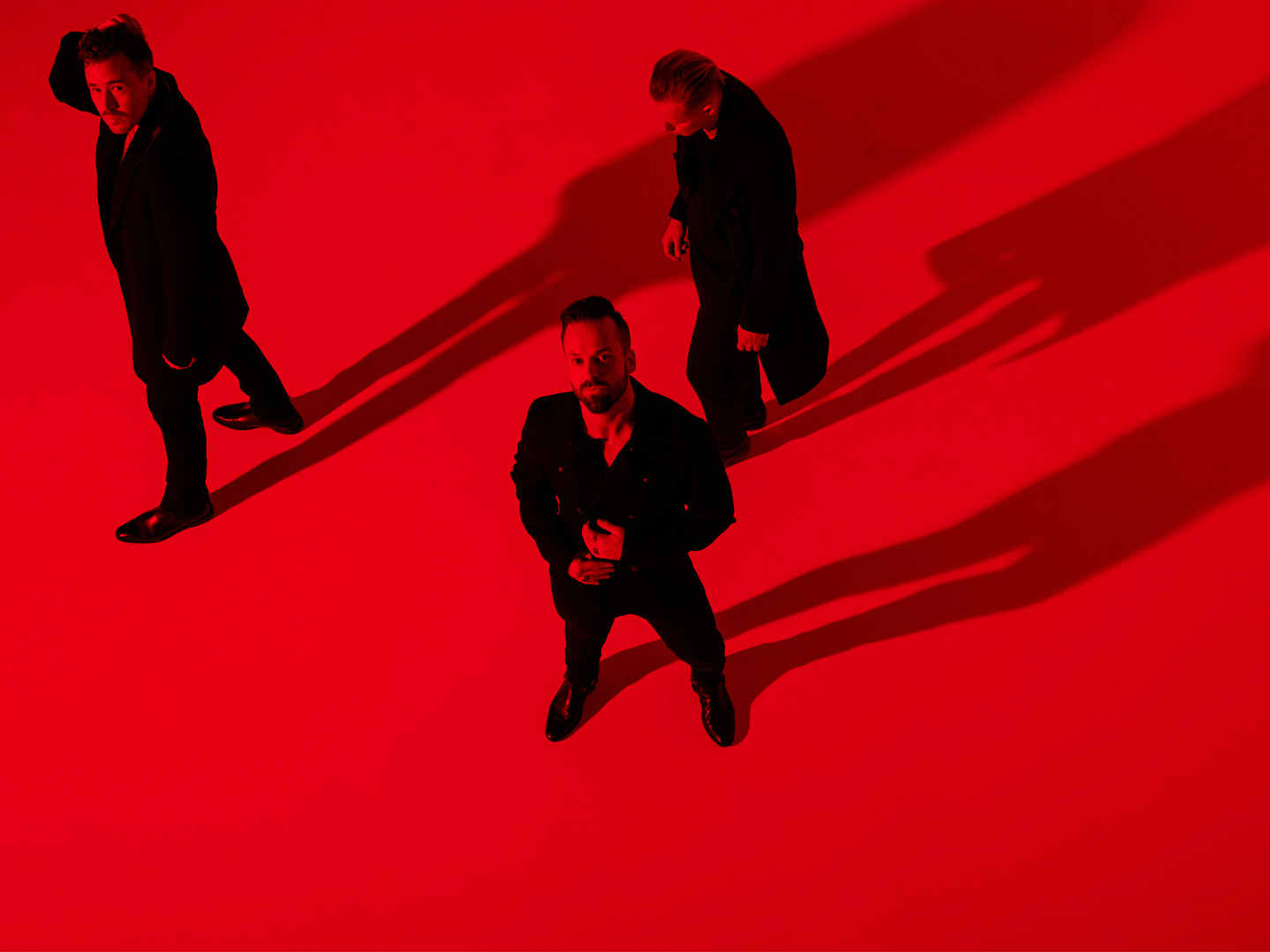
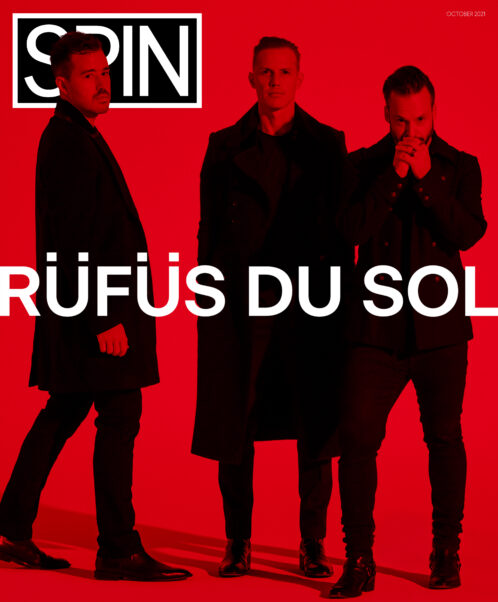
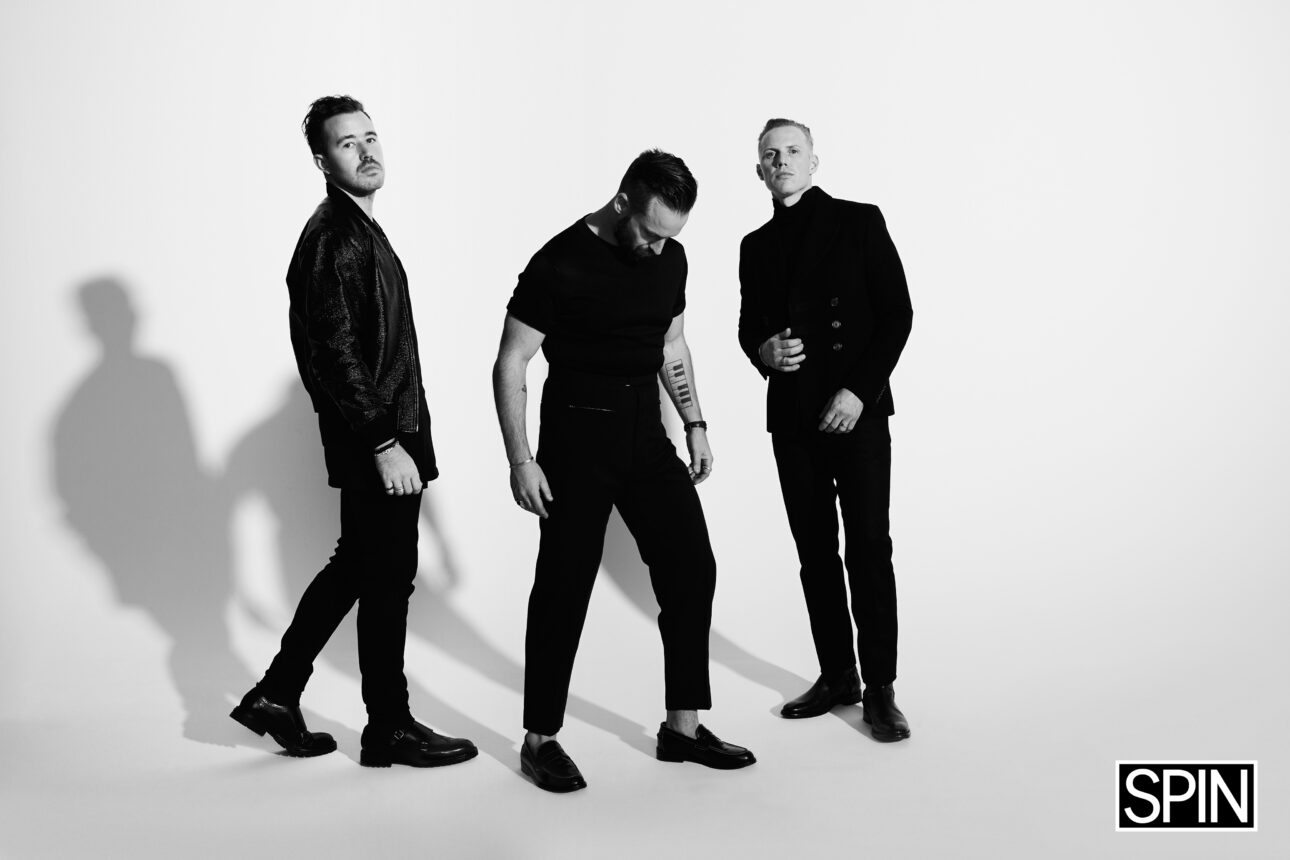 Photo Credit: Johnny Tergo
Photo Credit: Johnny Tergo
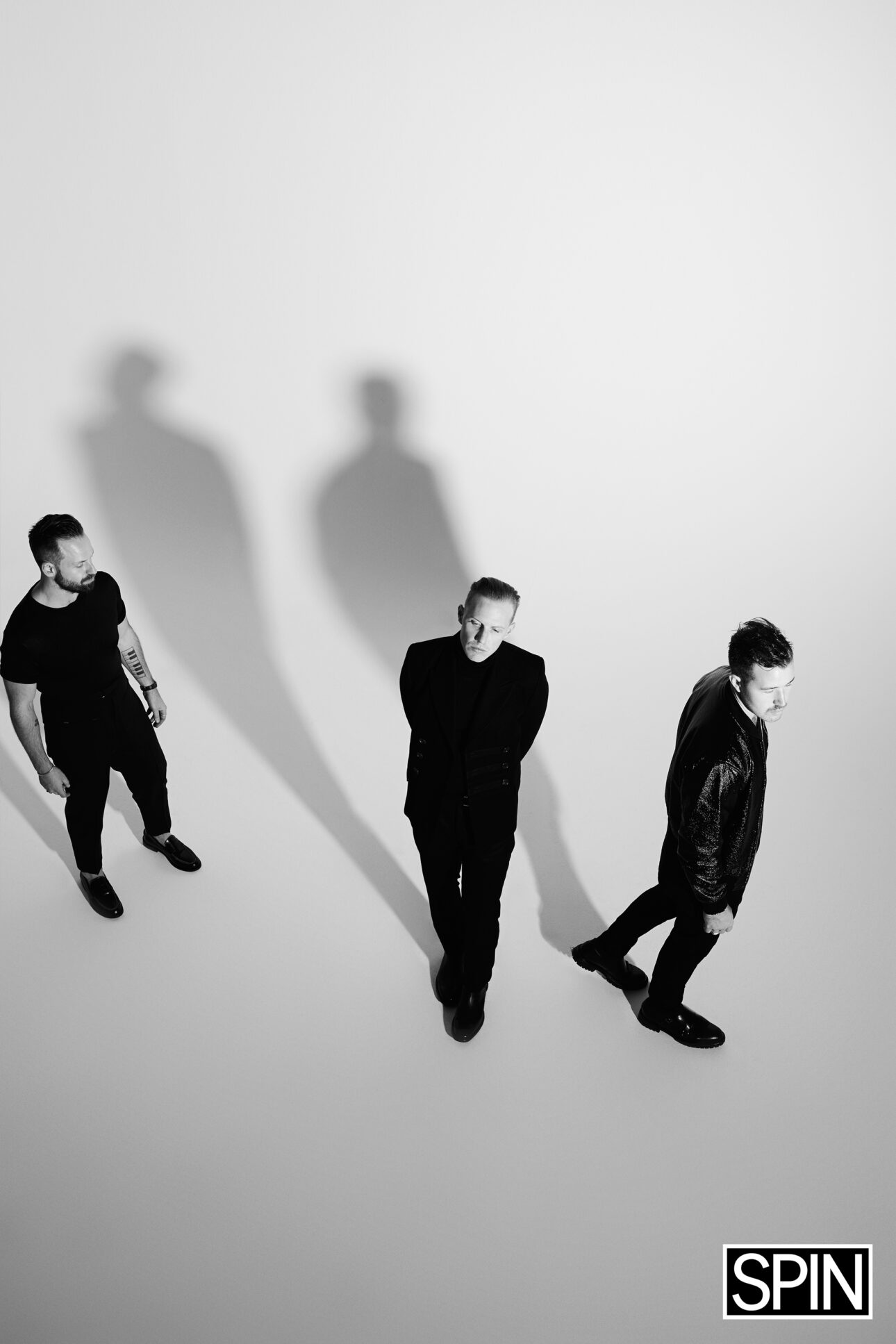 Photo Credit: Johnny Tergo
Photo Credit: Johnny Tergo
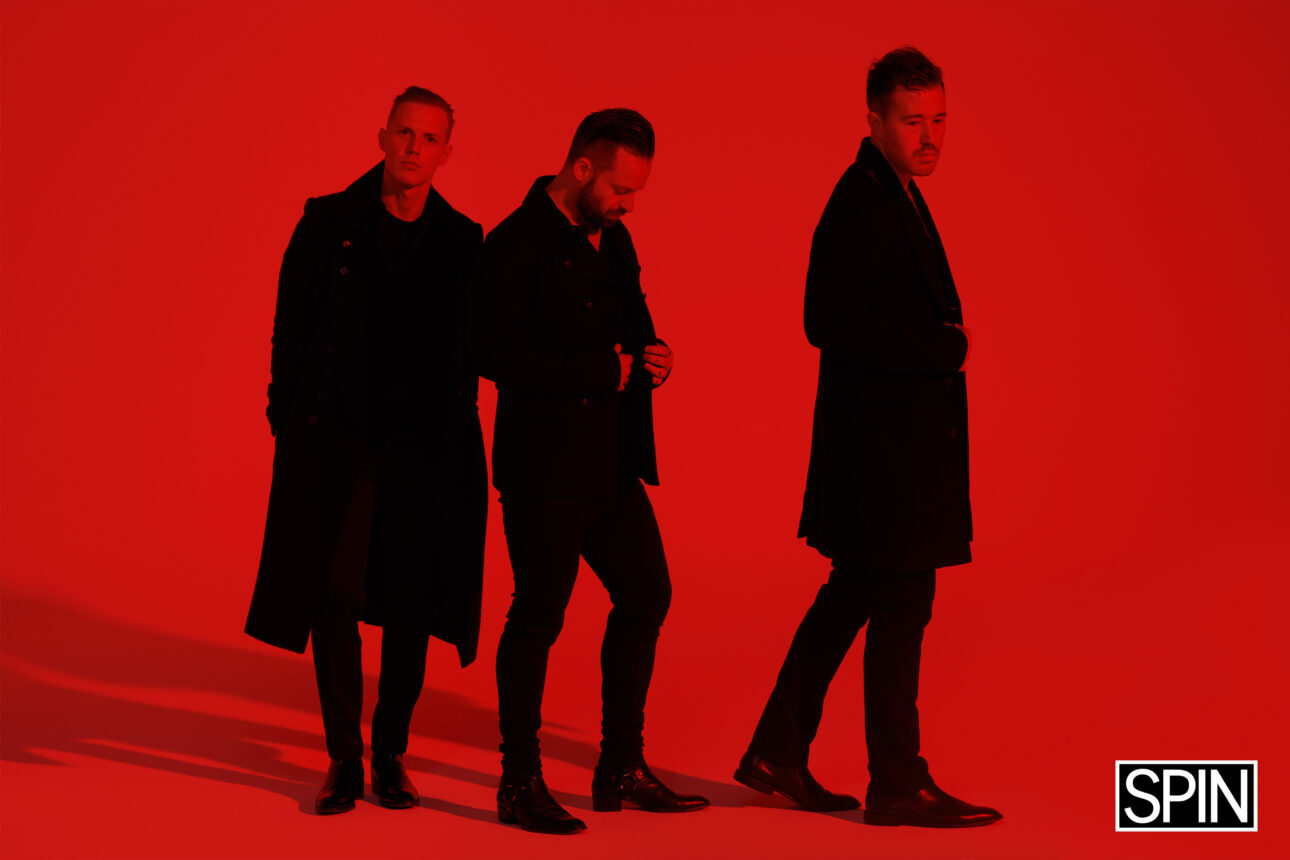 Photo Credit: Johnny Tergo
Photo Credit: Johnny Tergo
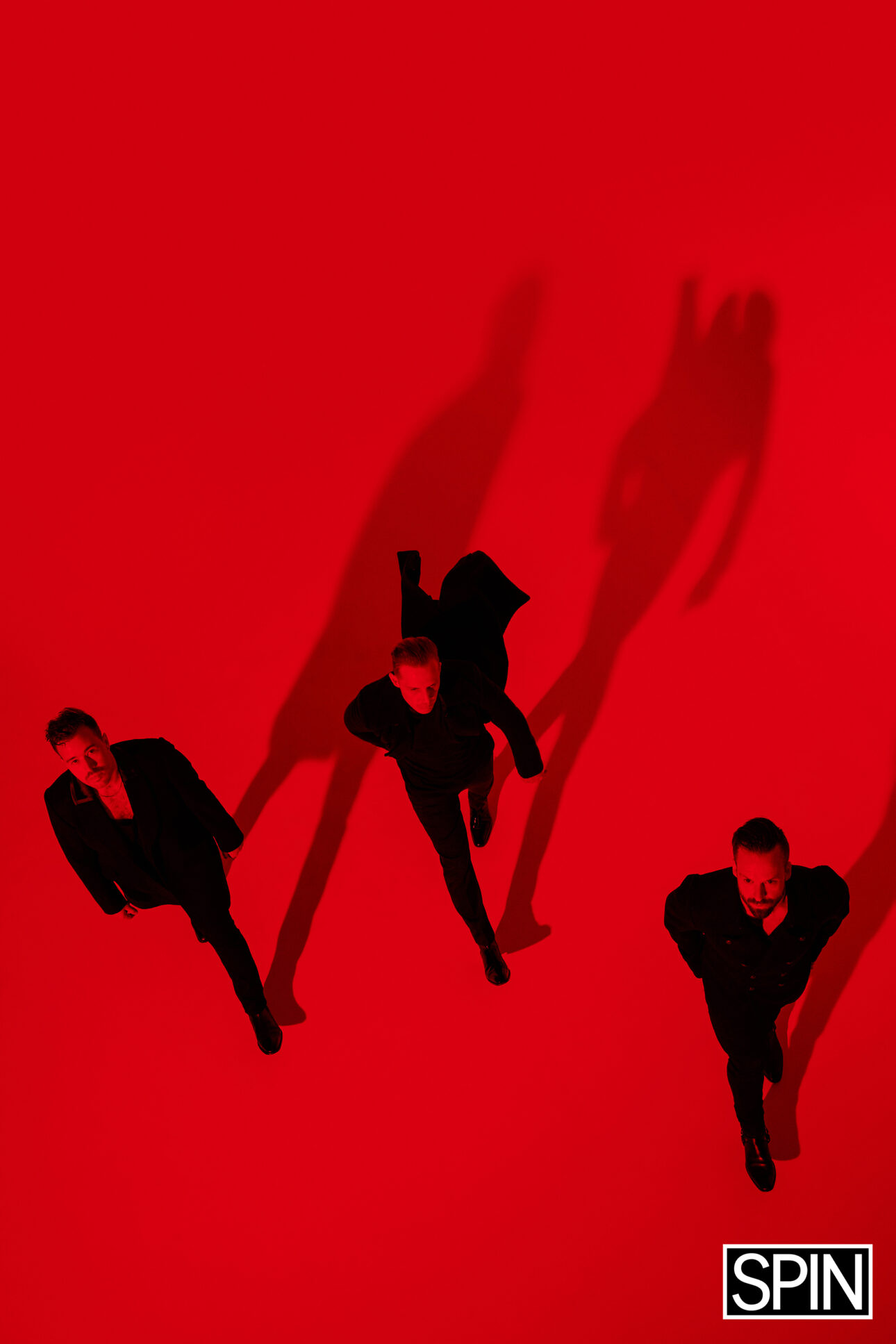 Photo Credit: Johnny Tergo
Photo Credit: Johnny Tergo
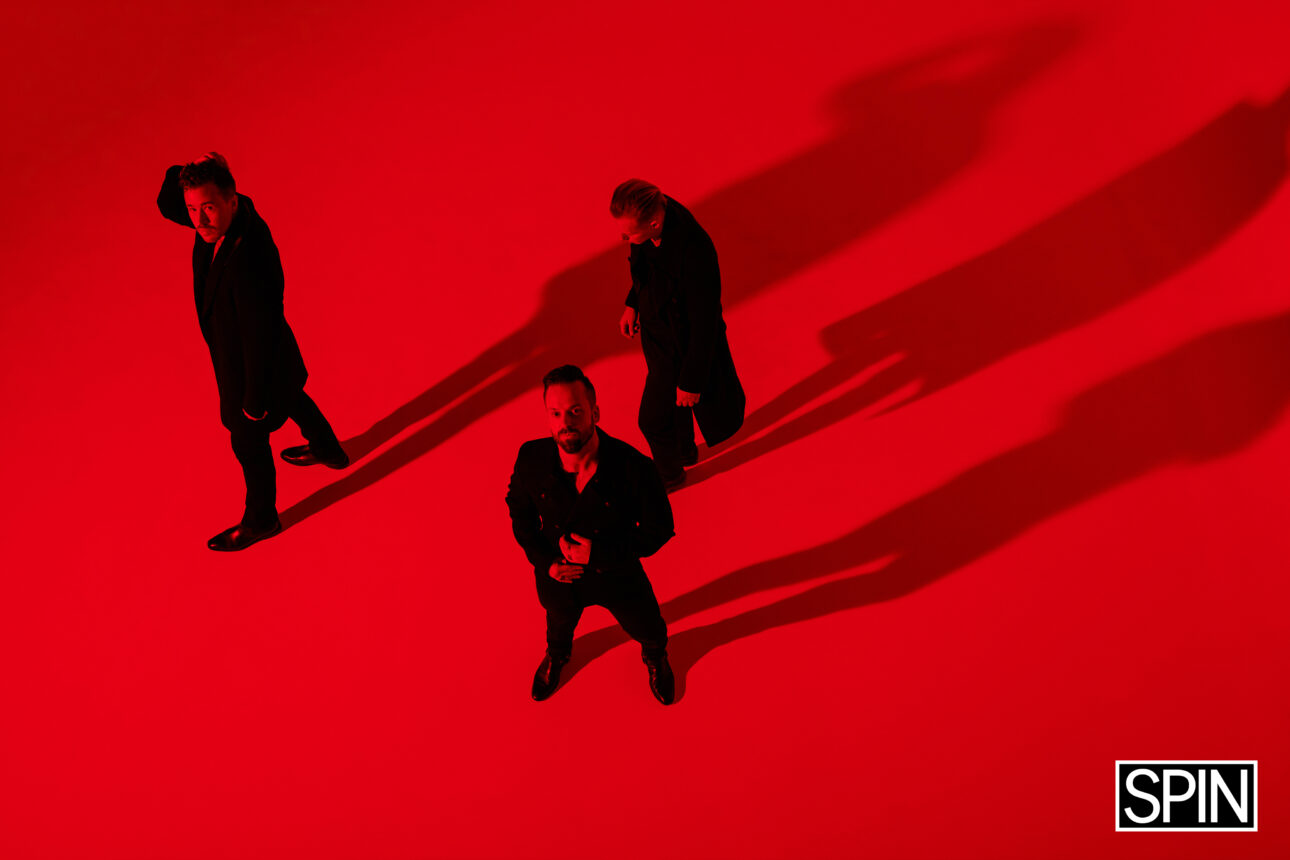 Photo Credit: Johnny Tergo
Photo Credit: Johnny Tergo
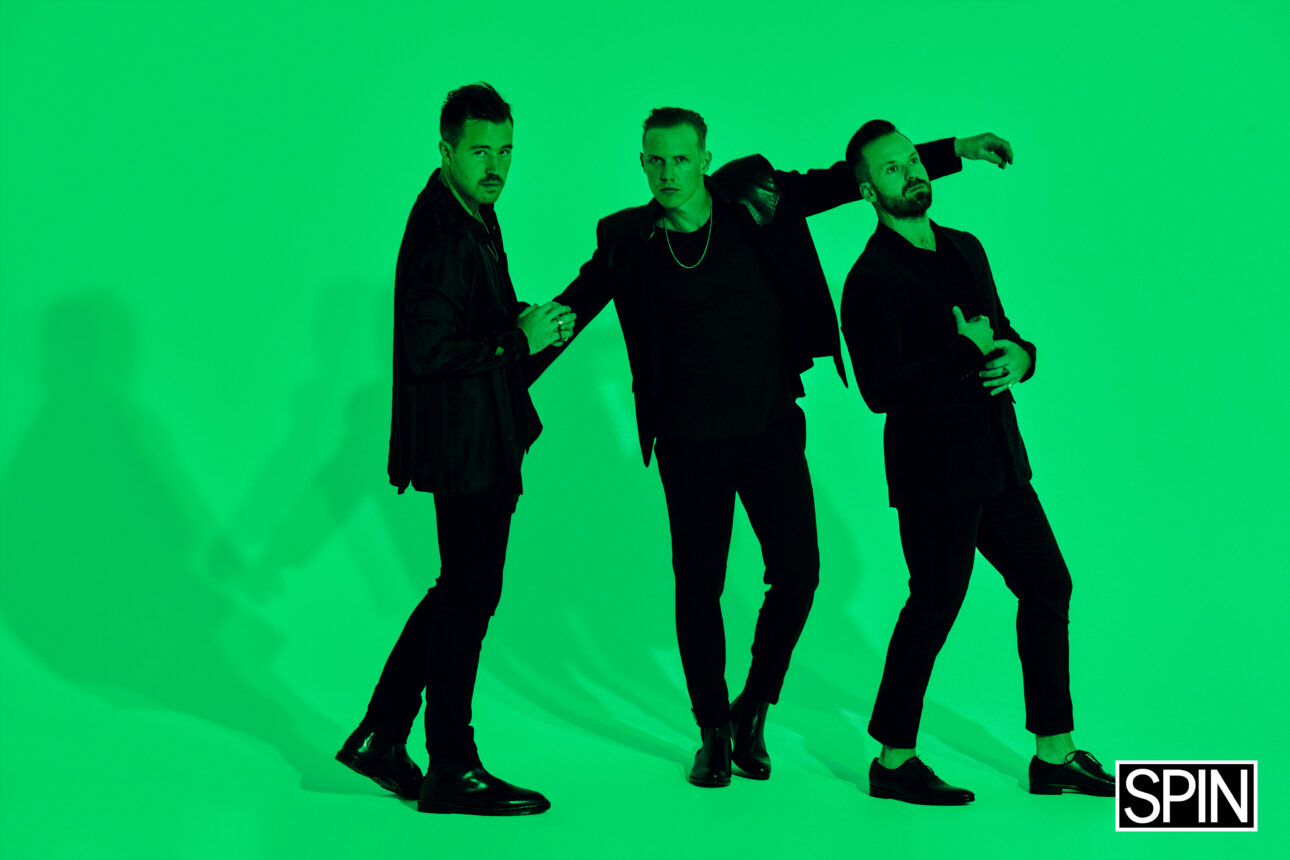 Photo Credit: Johnny Tergo
Photo Credit: Johnny Tergo
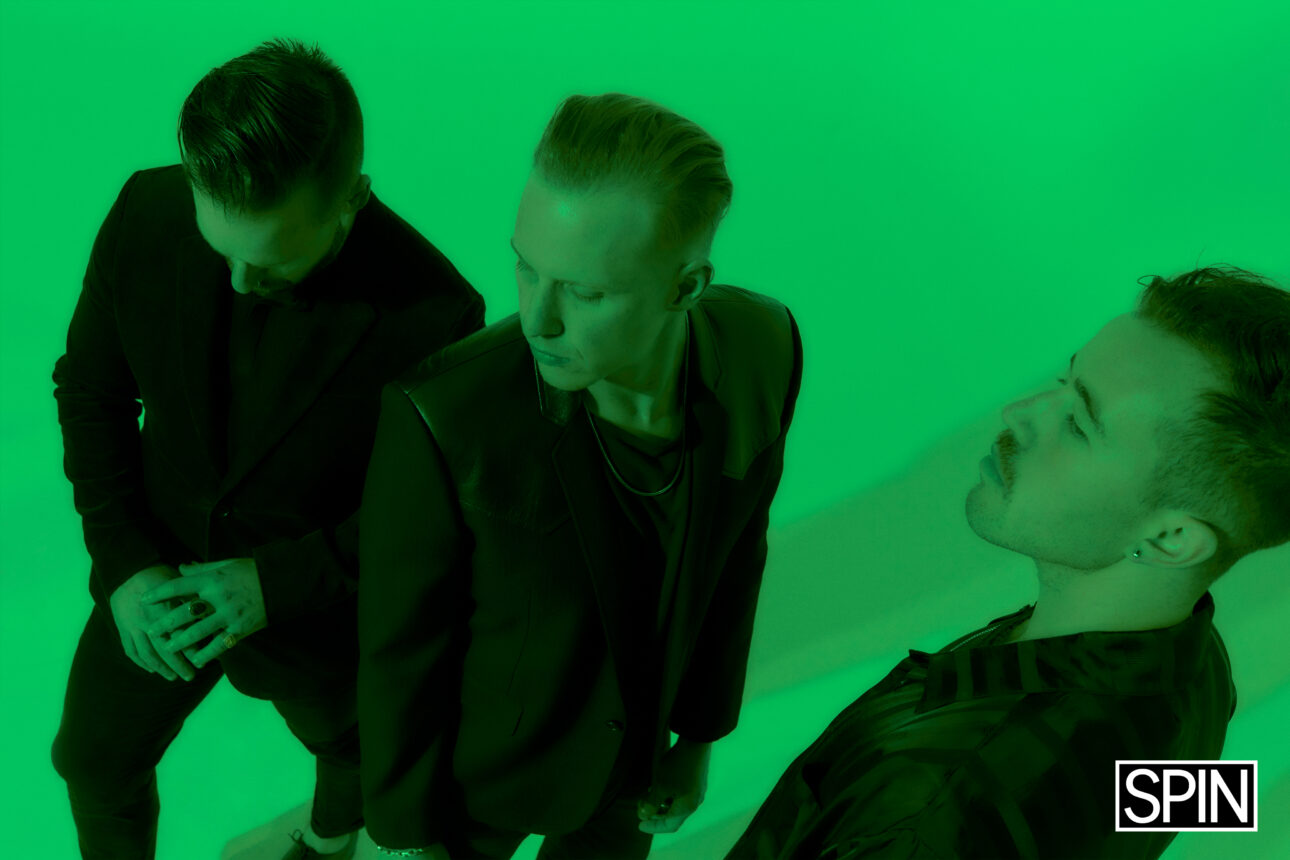 Photo Credit: Johnny Tergo
Photo Credit: Johnny Tergo
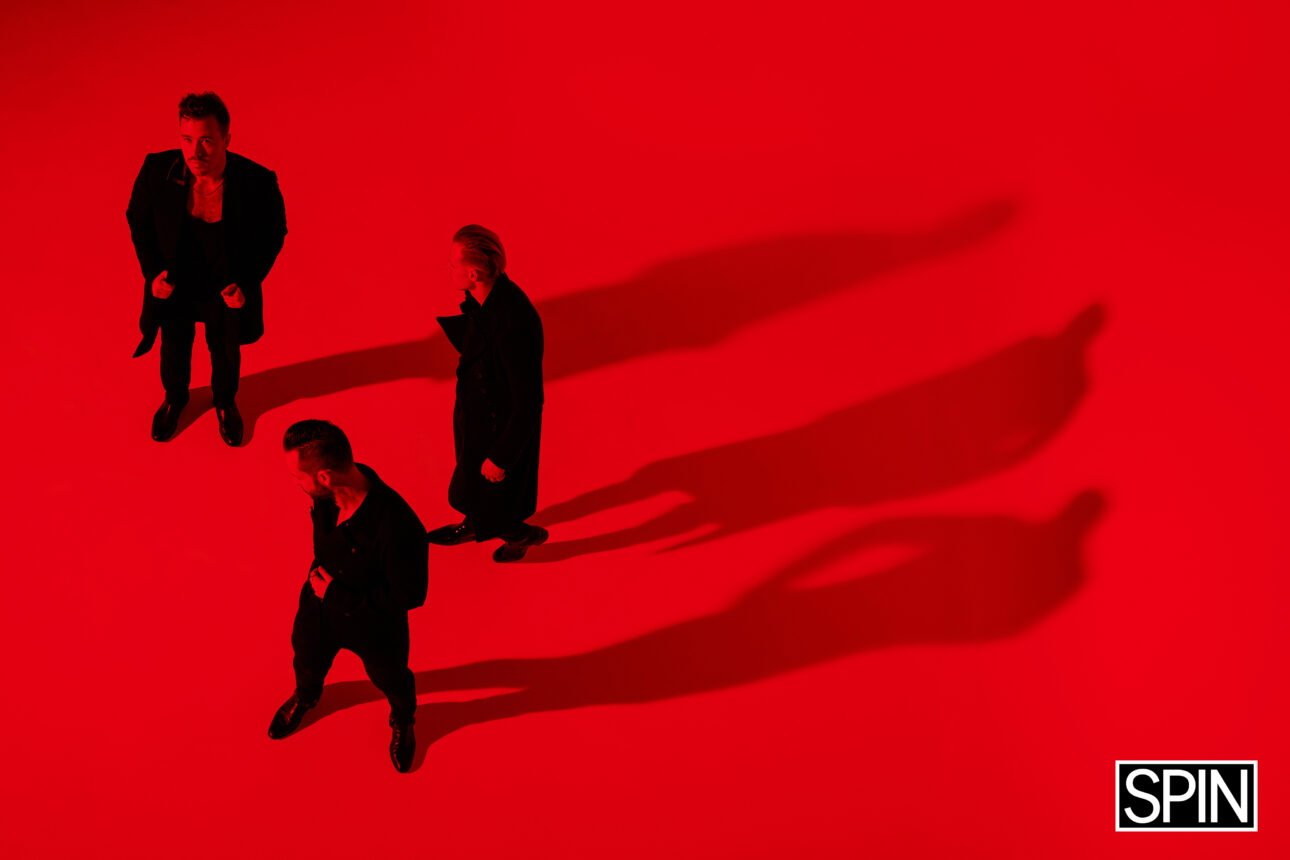 Photo Credit: Johnny Tergo
Photo Credit: Johnny Tergo
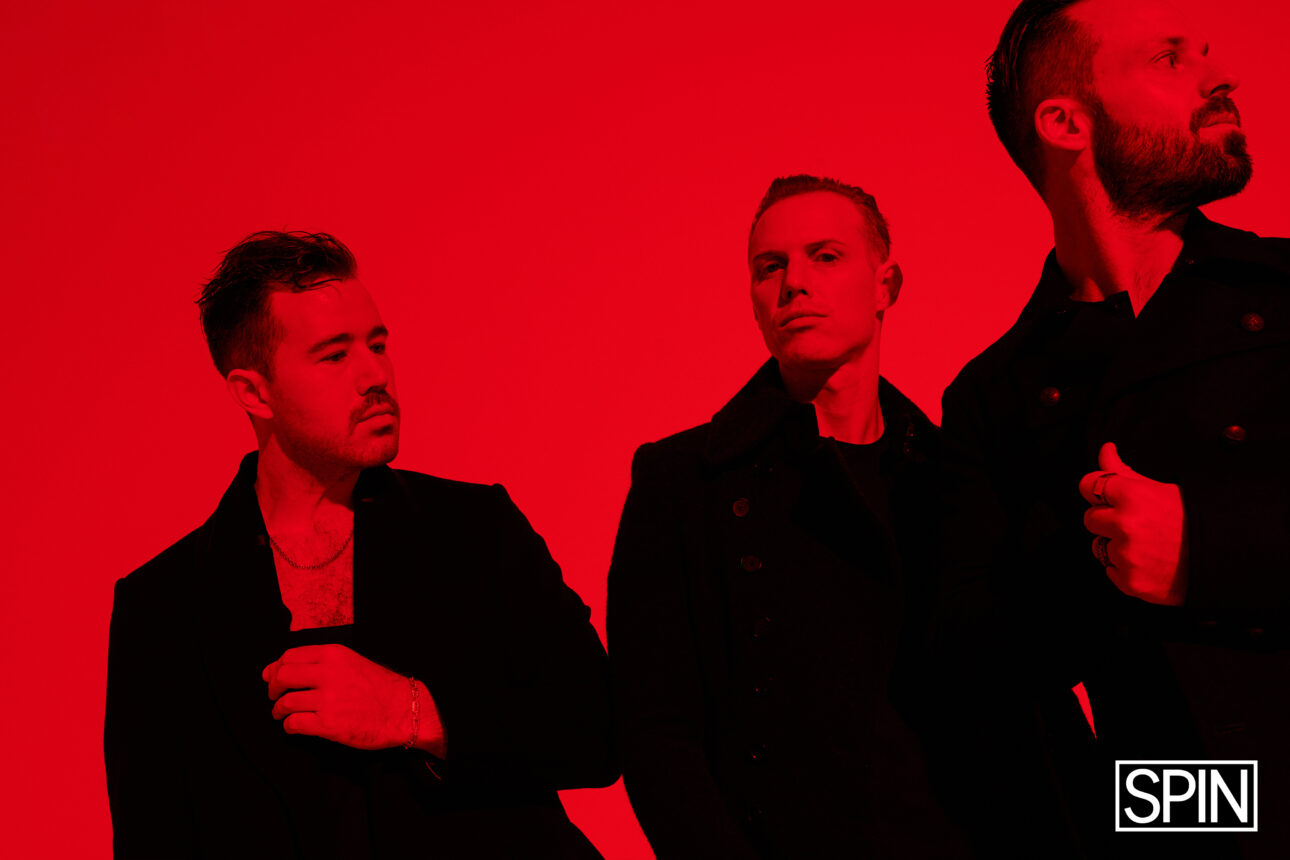 Photo Credit: Johnny Tergo
Photo Credit: Johnny Tergo
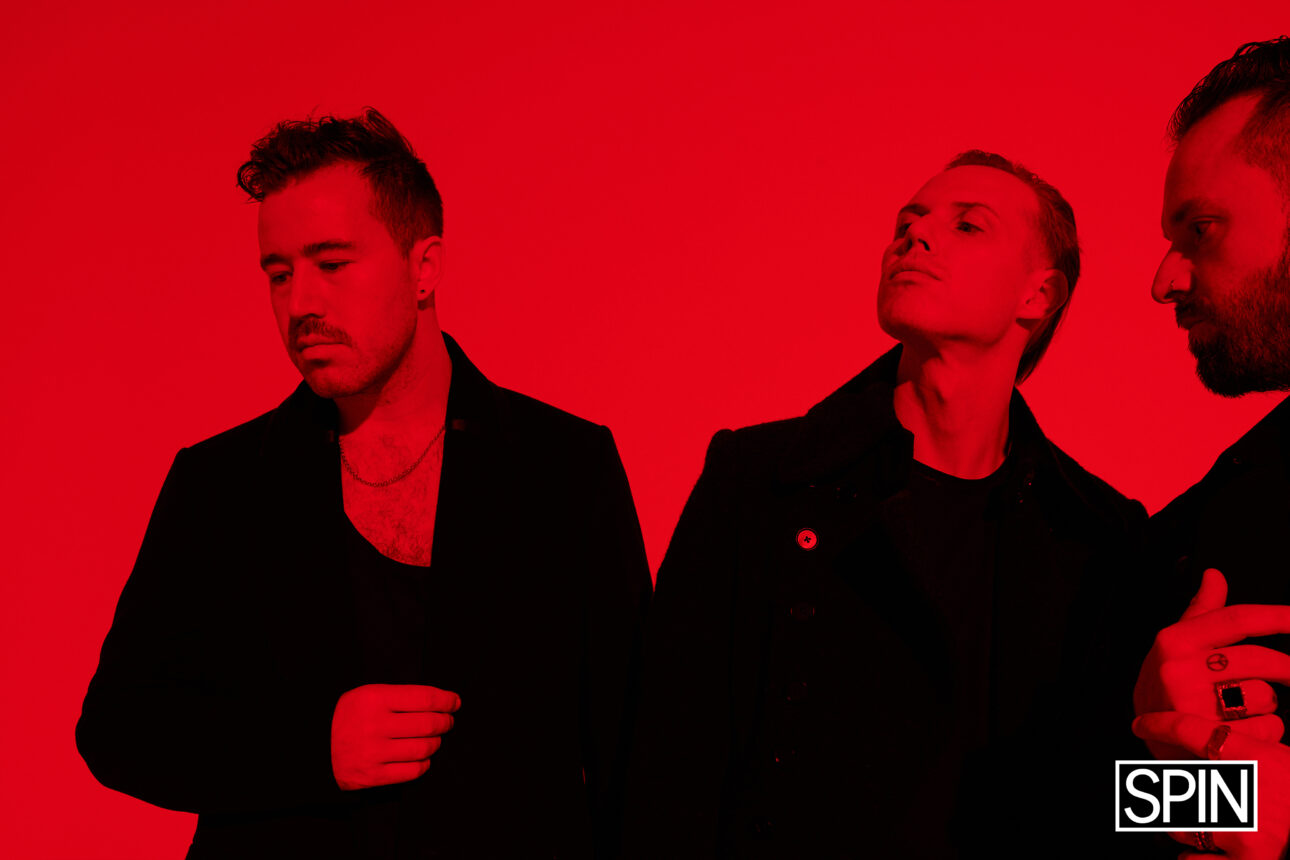 Photo Credit: Johnny Tergo
Photo Credit: Johnny Tergo
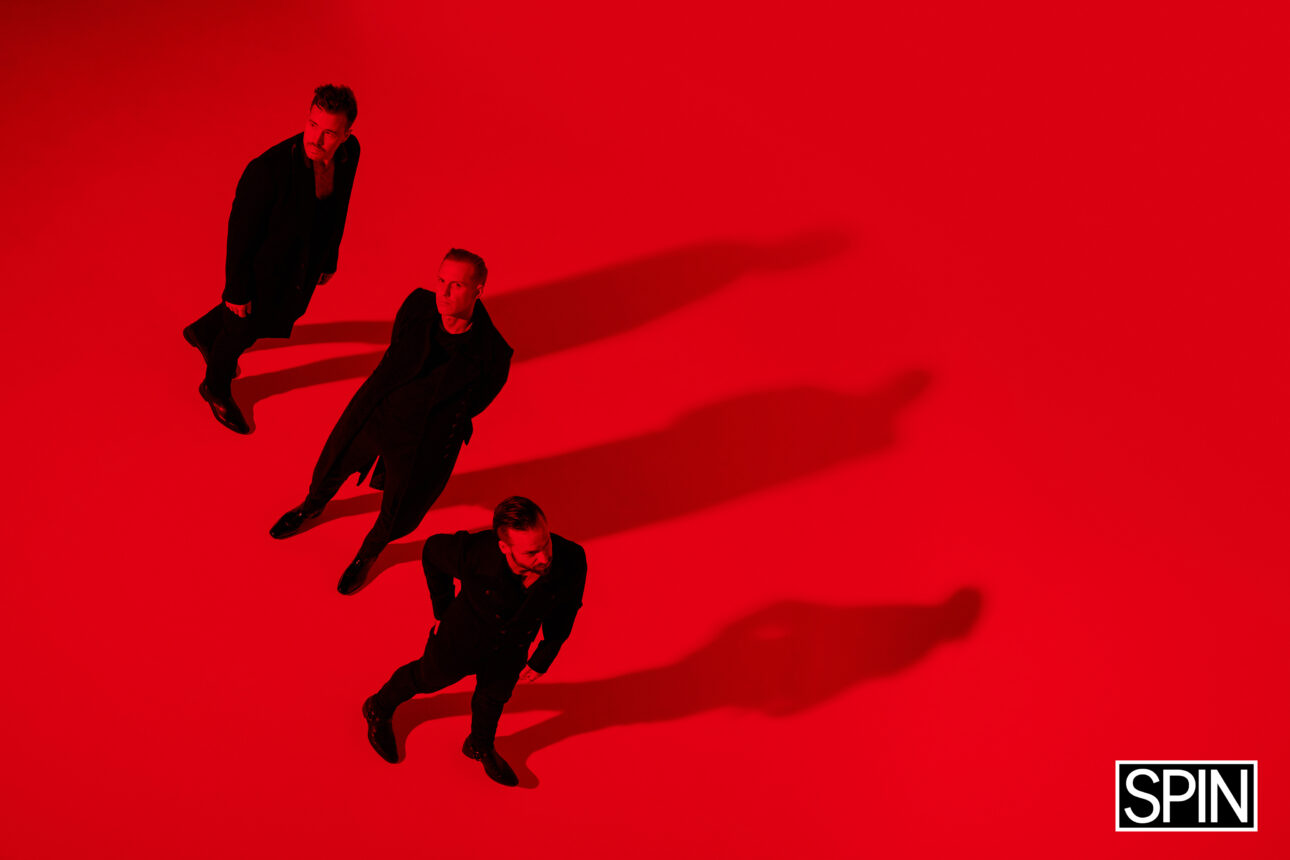 Photo Credit: Johnny Tergo
Photo Credit: Johnny Tergo
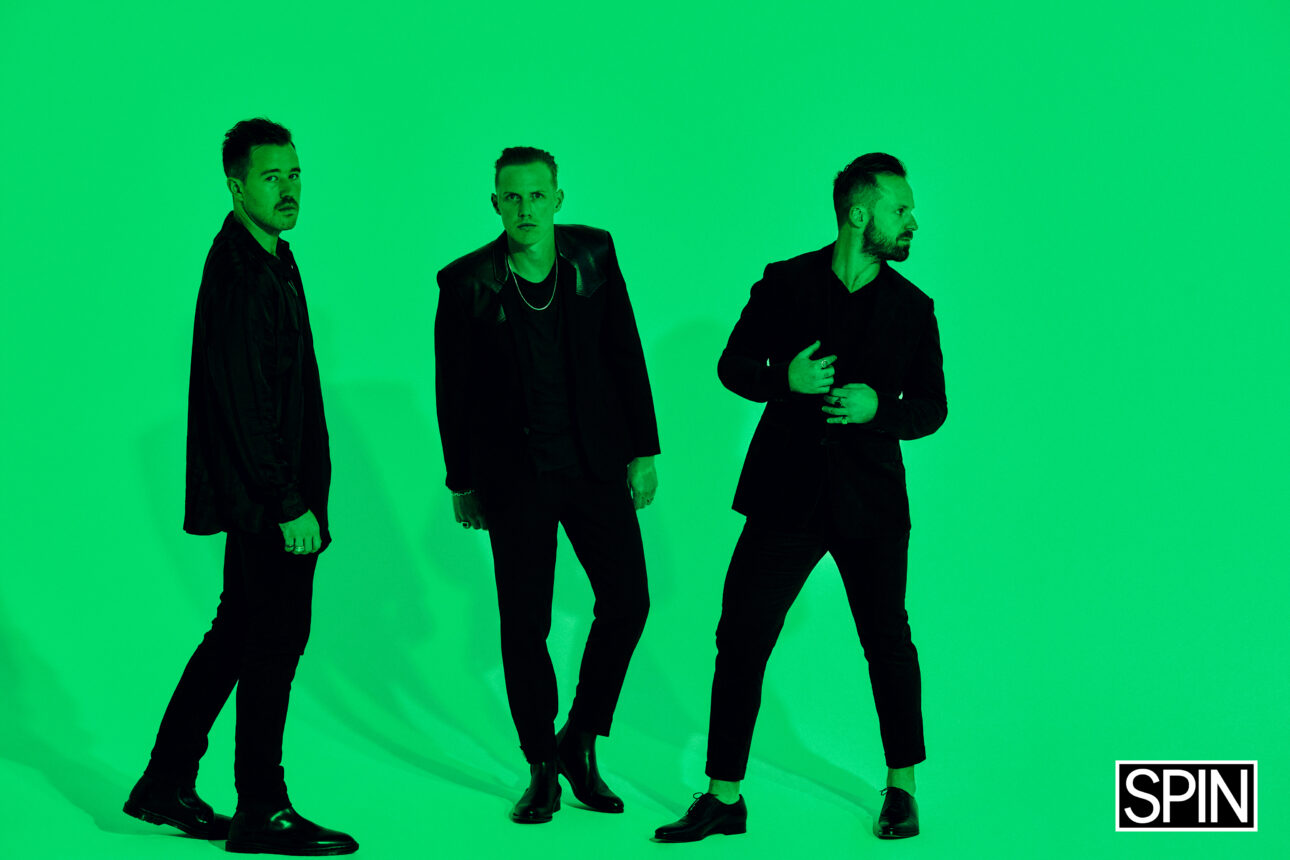 Photo Credit: Johnny Tergo
Photo Credit: Johnny Tergo
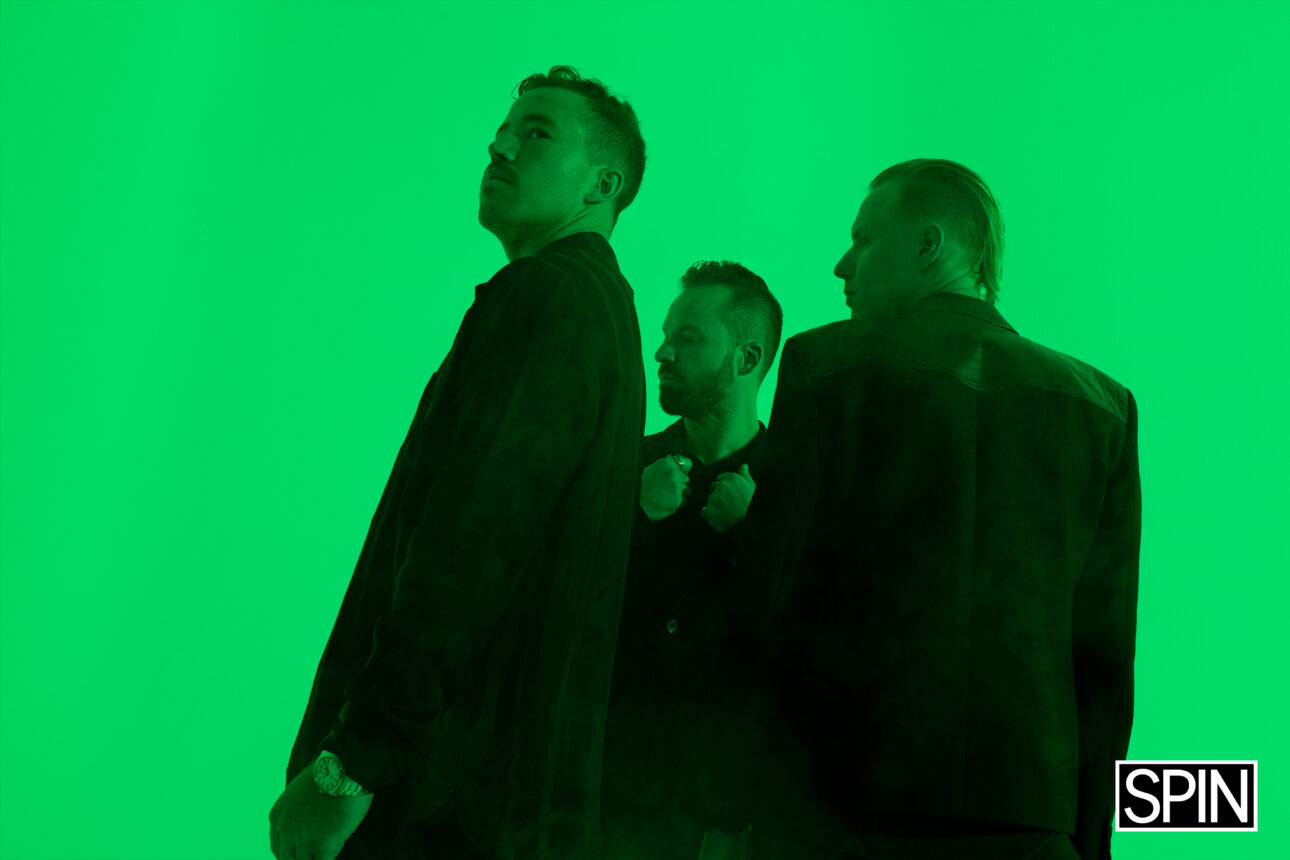 Photo Credit: Johnny Tergo
Photo Credit: Johnny Tergo
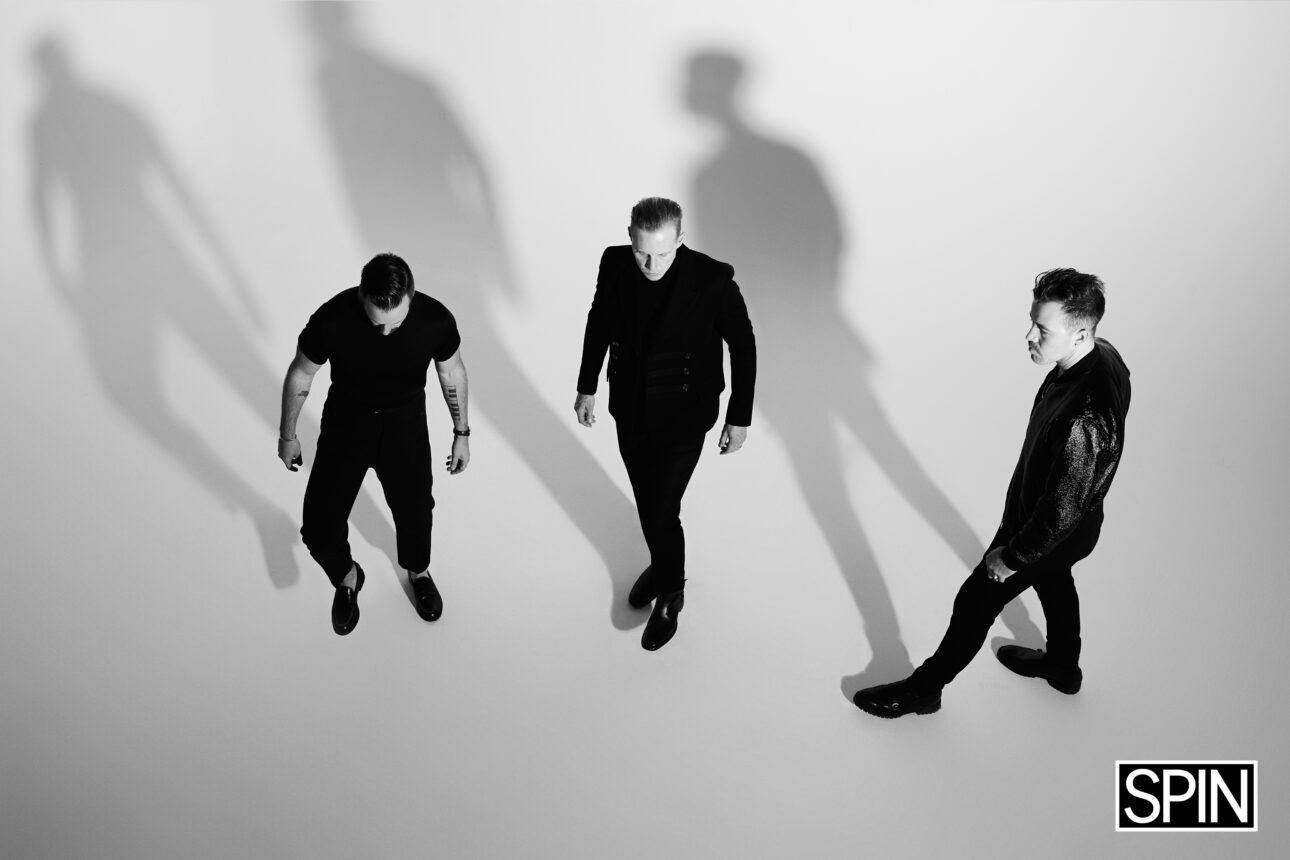 Photo Credit: Johnny Tergo
Photo Credit: Johnny Tergo
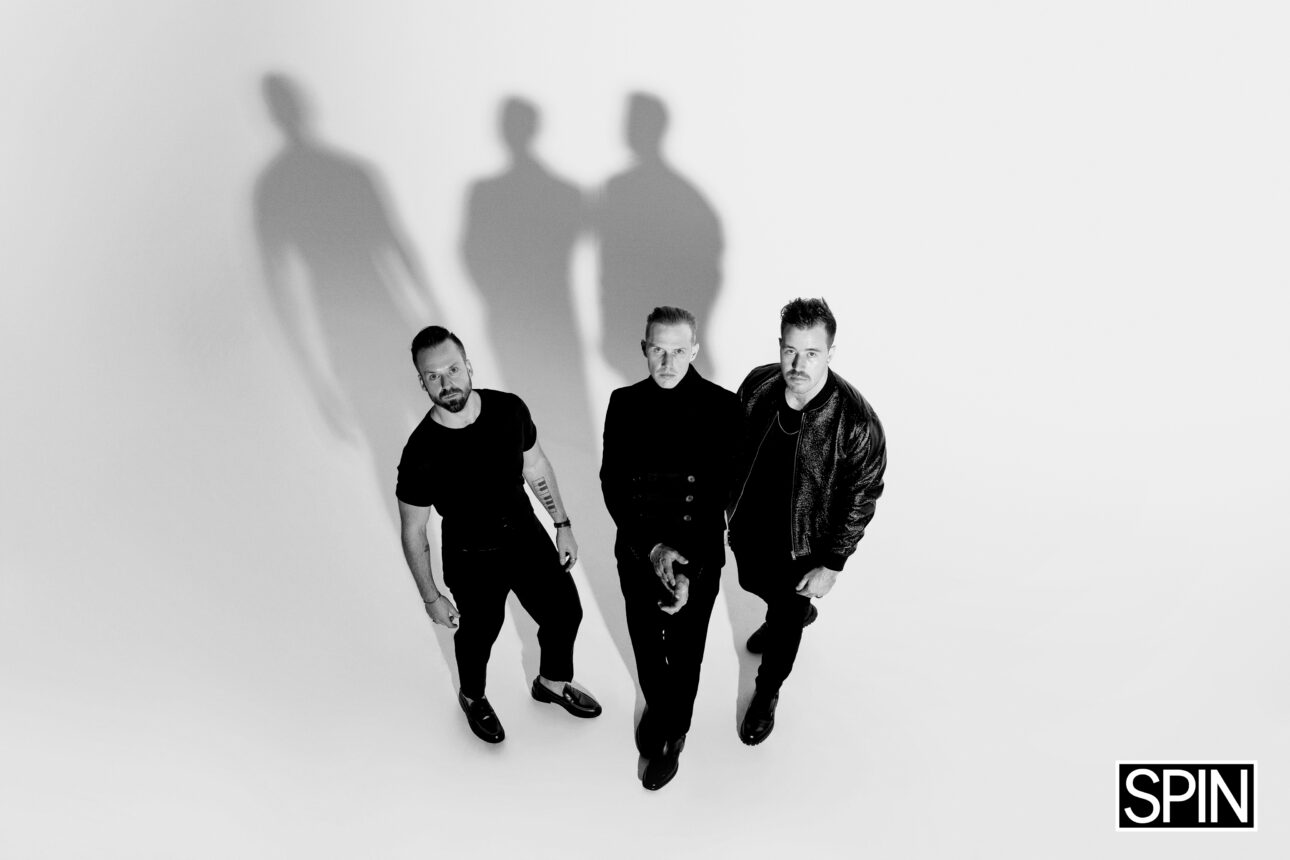 Photo Credit: Johnny Tergo
Photo Credit: Johnny Tergo
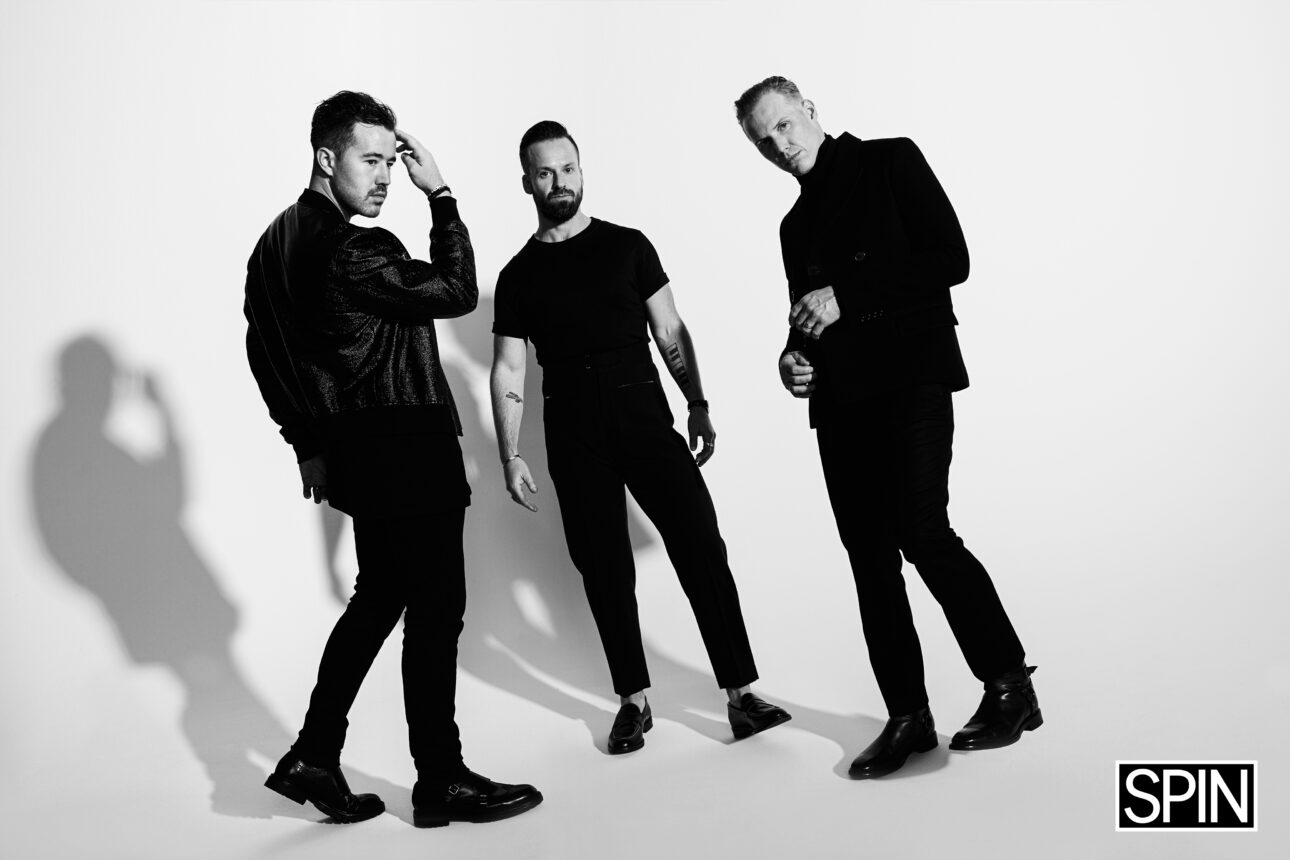 Photo Credit: Johnny Tergo
Photo Credit: Johnny Tergo
